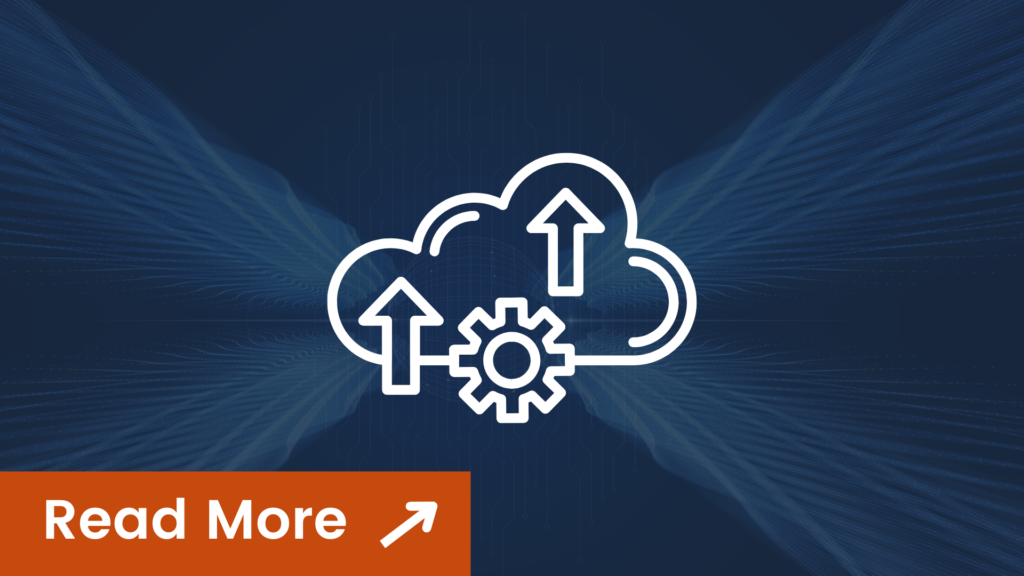Strategic Cloud Migration Cuts Downtime by 60% for a Liquids Infrastructure Firm

From On-Premises Challenges to Cloud Resilience Performance Challenge As businesses increasingly adopt cloud solutions, migrating critical systems like RightAngle from on-premises to the cloud becomes strategic. One of the key drivers for this transition is the need for robust disaster recovery (DR) plans to meet stringent Recovery Point Objectives (RPO) and Recovery Time Objectives (RTO), […]
How do You Pick the Right Cloud?

Boosts Efficiency and Flexibility Challenges in Managing Complex Enterprise Applications and On-Premises Infrastructure ETRM applications such as Endur is a highly complex application that plays a central role in a company’s vital business operations. Managing complex enterprise applications necessitates specialized expertise to maximize their potential and ensure optimal performance. Scaling an on-premises infrastructure entails substantial […]
On-Prem Oracle to Cloud-based SQL Server with Run Smart CTRM Managed Services

Boosts Efficiency and Flexibility Moving Your CTRM Database from On-Prem Oracle to Cloud-based SQL Server Run Smart CTRM/ETRM platform managed services enable application managers to be more proactive in resolving reporting and processing errors in advance of your daily start. In this post, we examine the dominance of Oracle, while unlocking Microsoft SQL Server’s comparable […]
Top Considerations Of Migrating CTRM Platforms To The Cloud

UPGRADE TO CLOUD EFFICIENCY Why Move to the Cloud? The CTRM Cloud provides an optimized environment for continuous innovation, scalability, and flexibility across the system. By leveraging the CTRM Cloud, businesses can enhance their performance and respond to market pressures with greater agility, all within a solution built by Value Creed. Modern CTRM database management […]

